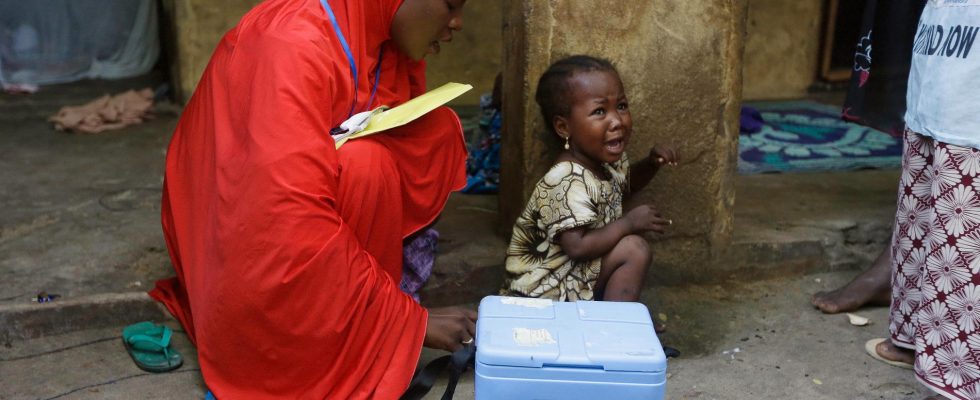Polio is a contagious infectious disease. Most people who become infected develop no symptoms, while others develop flu-like symptoms, vomiting and fever.
For around 0.02 percent of those infected, the virus causes inflammation in the spinal cord, and then permanent paralysis of body parts such as arms or legs. The disease is fatal when the respiratory system is paralyzed.
Polio vaccine comes in two varieties. Inactivated vaccine (IPV), which is used in Sweden, among others, consists of killed virus particles and is given as an injection. In large parts of the world, however, a live vaccine consisting of weakened poliovirus strains (OPV) is used. It is given in the form of oral drops, which is cheaper and more convenient.
In very rare cases, the OPV vaccine can develop into an active virus – vaccine-derived polio (VDPV). It only happens in areas where very few are vaccinated, where the virus can circulate and be given time to mutate. As of October 2019, 88 cases of vaccine-derived polio, which spreads to a lesser extent than the original virus, had been detected worldwide.
In order to avoid vaccine-derived polio, the WHO has, among other things, advocated a gradual phasing out of the OPV vaccine.
Sources: Public Health Agency and WHO
